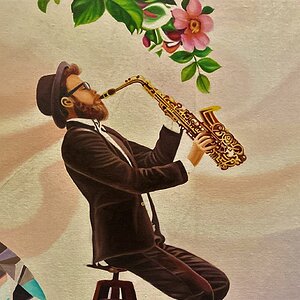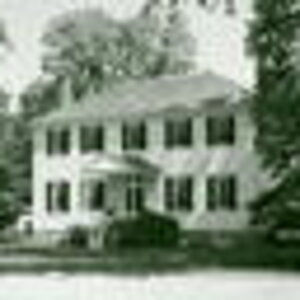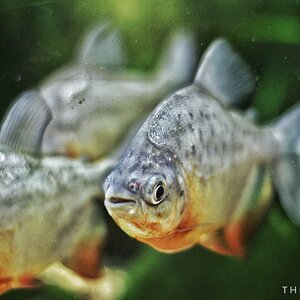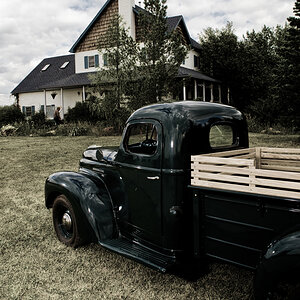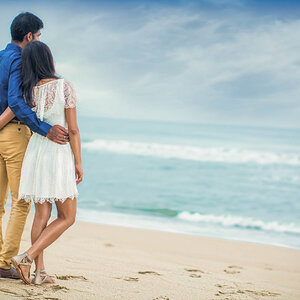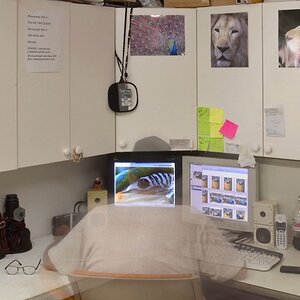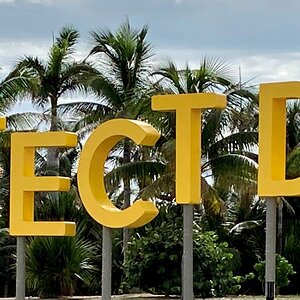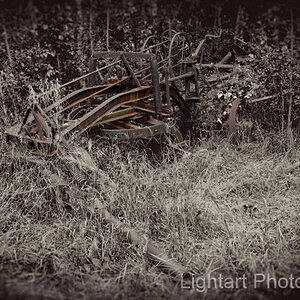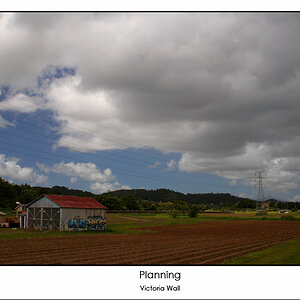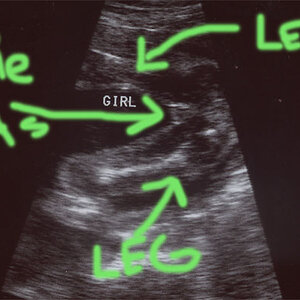JerryPH
No longer a newbie, moving up!
- Joined
- Oct 14, 2007
- Messages
- 6,111
- Reaction score
- 15
- Location
- Montreal, QC, Canada
- Can others edit my Photos
- Photos NOT OK to edit
Your biggest problem is shooting at F4 it just won't cut it you need to be at minimum F2.8 or lower your shots are at least 2 stops underexposed
2.8 to 4 is 1 stop. If he is at least 2 stops under, he's still in the same boat... underexposed. What would you suggest he do at this point? Using a lens faster than F/2.8 is possible, but then DOF is so thin that in an action shot, he will have a VERY hard time getting the fast moving subject in focus long enough to get the shot. Also, at a game most amateur photographers are not always allowed to get down to the sidelines with their 50mm F/1.8, so all you get are a lot of wide and "not very good" shots. One could use continual focus mode, that would help some, but you still are going to get a lot of pics with an uber-shallow DOF.
On my camera, I am VERY fortunate to be able to use ISO 6400 or higher, and raise aperture to something like F/5.6 and still get high shutter speeds... but this is not the case for the OP.
Last edited:


 This makes it simpler. You should be able to dial in your settings and shoot. I normally shoot manual, and always do indoors. One less thing to worry about.
This makes it simpler. You should be able to dial in your settings and shoot. I normally shoot manual, and always do indoors. One less thing to worry about. 